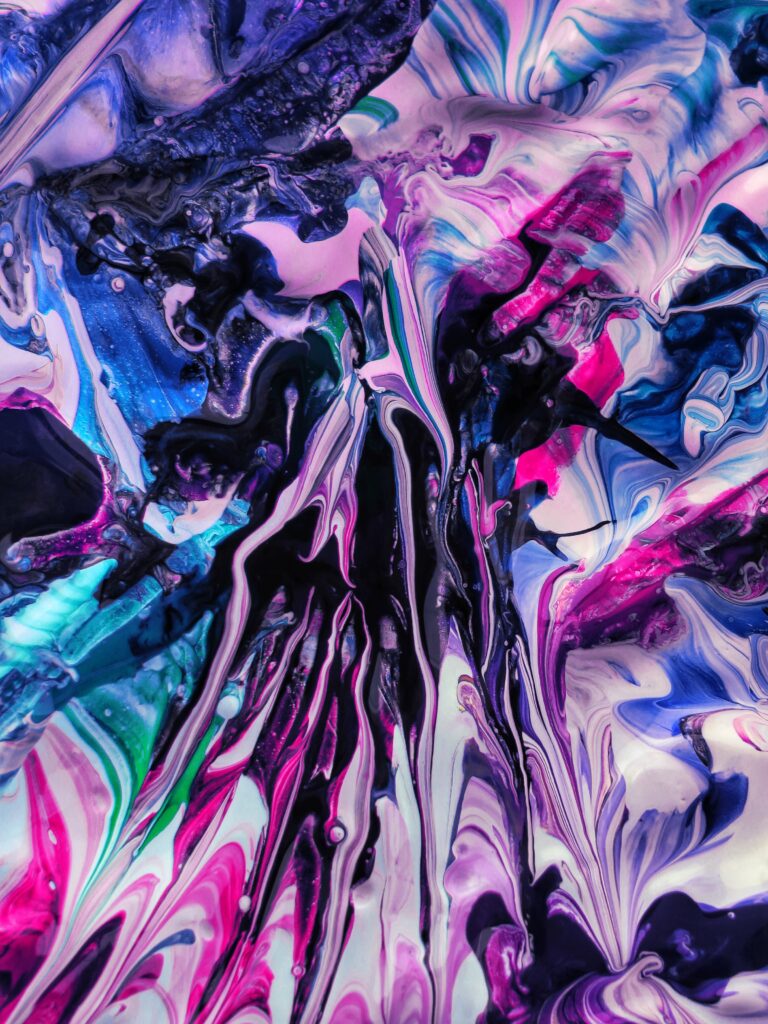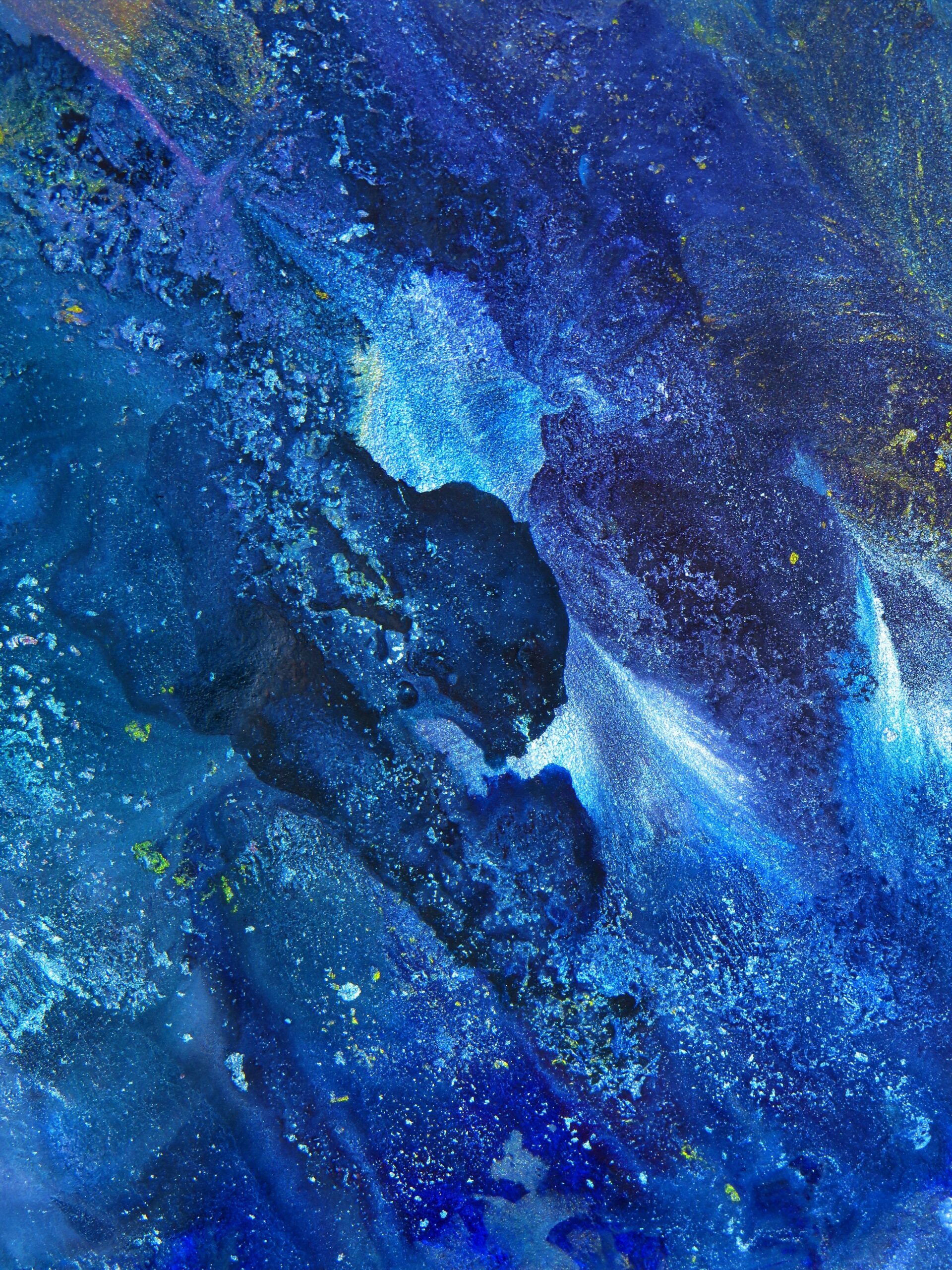For Aryeh Dodelson, art is not just a visual expression—it’s a conduit for deep, often unspoken emotions. As a master of abstract art, Dodelson believes that the most powerful art comes from a place of emotional honesty. His advice to aspiring artists is simple yet profound: let your emotions guide your art. Whether you’re feeling joy, frustration, sadness, or excitement, those emotions can fuel your creativity and lead to your most authentic work.

1. Tap into Your Emotional Landscape
Dodelson encourages artists to tap into their emotional experiences, both the positive and the negative. He believes that art becomes more impactful when it reflects genuine feelings, even if those emotions are complex or difficult to process.
“Art is a reflection of your inner world,” Dodelson explains. “It’s important to allow your feelings to influence your work, whether those feelings are clear or messy. Don’t be afraid to explore the full range of emotions in your art. That’s where the real magic happens.”
2. Don’t Shy Away from Vulnerability
Many artists feel hesitant to show their vulnerability, but Dodelson believes that this is where some of the most powerful art is born. He encourages artists to embrace vulnerability in their work, allowing it to come through in every brushstroke, color choice, and composition.
“Being vulnerable in your art is difficult, but it’s also what makes it real,” says Dodelson. “When you’re willing to show your own vulnerability, it creates a connection with the viewer. They’ll see themselves in your work, and that’s where art becomes universal.”
Dodelson’s own abstract works often carry a sense of raw emotion, whether through the intensity of his color palette or the energy of his brushstrokes. This emotional depth allows viewers to experience the art on a visceral level.
3. Use Color and Form as Emotional Tools
As a master of abstraction, Dodelson has developed a deep understanding of how color, shape, and form can be used to convey emotions. His advice to other artists is to experiment with these elements as tools to express what words cannot.
“Color has the ability to evoke strong emotional responses,” Dodelson explains. “If you’re feeling vibrant, let that guide your use of bright, bold colors. If you’re feeling introspective, explore softer, more muted tones. The same goes for form—sharp, angular shapes can express tension, while flowing, organic lines can convey calm or fluidity. Let your emotions shape how you use these elements.”
He believes that each artistic decision—whether it’s the intensity of a hue or the energy of a brushstroke—should come from an emotional place, creating a deeper connection between the artist and the viewer.
4. Trust the Creative Flow
When creating from an emotional place, the process often becomes unpredictable and spontaneous. Dodelson urges artists to trust that creative flow, even if it takes them in unexpected directions.
“Art driven by emotion isn’t always neat or planned,” says Dodelson. “Sometimes, your emotions will take you places you didn’t expect. Don’t resist that. Let the process guide you, even if it feels chaotic. The result may surprise you.”
Dodelson has found that his best work often emerges when he lets go of control and allows the creative process to unfold naturally. This approach leads to greater authenticity in his art, capturing the essence of his emotions in the moment.
5. Embrace Imperfection
Art that is driven by emotion can sometimes feel imperfect or unfinished, but Dodelson advises artists to embrace those imperfections. He believes that the most meaningful art often lies in the imperfections, where the artist’s true feelings and personality shine through.
“Perfection can sometimes strip the emotion from your work,” the talented artist explains. “When you embrace imperfection, you allow yourself to be human, and that’s where your art becomes relatable. Don’t worry about making everything flawless—focus on expressing how you feel, and let the imperfections tell their own story.”
In Dodelson’s view, art doesn’t have to be polished to be impactful. In fact, it’s often the rough edges and raw moments that make a piece feel genuine and emotionally resonant.
In Conclusion: Let Emotion Be Your Guide
Aryeh Dodelson’s advice to aspiring artists is to embrace their emotions fully and let them guide their creative process. Whether through color, form, or the spontaneous energy of creation, Dodelson believes that art is at its most powerful when it comes from an honest emotional place. By allowing yourself to be vulnerable, trusting the creative flow, and embracing imperfections, you’ll create art that speaks not only to your own experience but to the emotions of others as well.
As Dodelson puts it, “Art is an emotional journey. Trust in your feelings, and let them lead you to create something that’s real, raw, and meaningful.”
